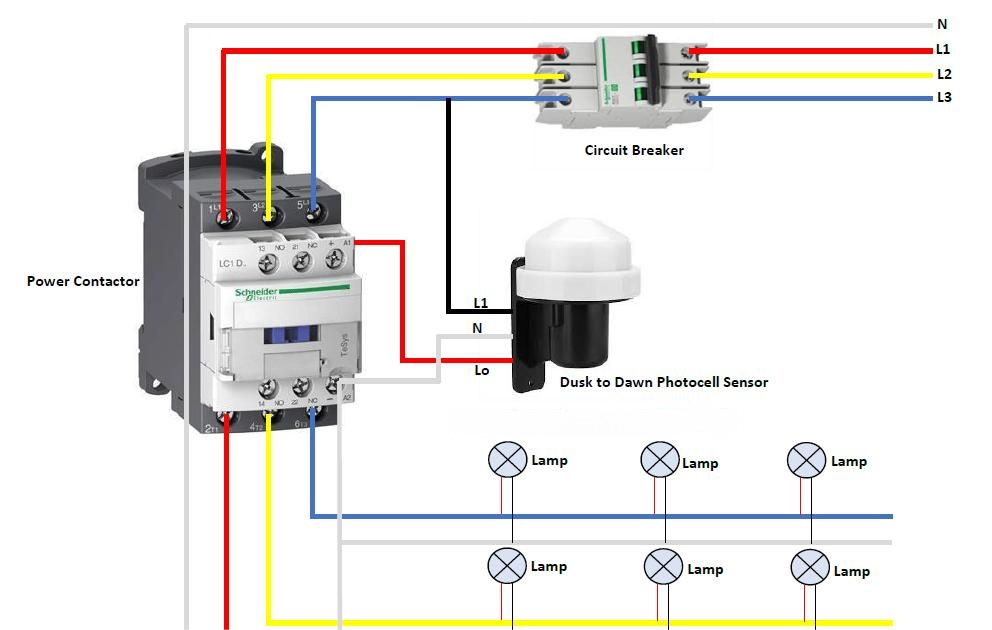Introduction:
Outdoor light fixtures equipped with photocell controllers offer a more convenient and efficient lighting experience.
However, when these fixtures fail to function properly, there can be various reasons behind it. Like Lamp Malfunction,Aging Cables and Connections issue,Interference from Nearby Light Sources,Incorrect Wiring,Overload,Photocell Controller Water Ingress,Obstruction,Dust and Dirt Accumulation,Photocell Controller Failure,Power Issues,Environmental Damage etc.
In this article, we will delve into common issues that may arise with outdoor light fixtures after the installation of photocell controllers and provide corresponding troubleshooting steps and solutions.
Lamp Malfunction:
Lamp short circuits or damage can prevent the photocell controller from effectively controlling the fixture. Promptly replace damaged lamps when issues are identified.

Solution: Replace damaged lamps and ensure that the new ones meet the system’s load requirements.
Cables and Connections issue:
Over time, cables and connections between the photocell controller and the fixture may age, leading to connectivity problems. Regularly inspect and replace any aging or damaged components.

Solution: Periodically inspect cables and connections, replace damaged parts, and ensure stable and reliable connections.
Interference from Nearby Light Sources:
Interference from other light sources can disrupt the functionality of the photocell controller. Adjust the controller’s position or implement shielding measures to minimize external light impact.
Solution: Re-position the light controller or add shielding to reduce interference.
Incorrect Wiring:
Incorrect wiring during the installation of the photocontrol can result in the fixture not turning on.

Solution: Carefully review the wiring diagram, ensuring the correct connection of each cable.
Overload:
Failure to connect the load according to the specified instructions can lead to overloads, causing the fixture to malfunction.
Solution: Follow the instructions to ensure the load matches the photocell controller, preventing overload situations.

Photoontrol Water Ingress:
Prolonged exposure to a humid environment, coupled with inadequate waterproofing, may lead to water ingress and shorts in the photocell controller.
Solution: Replace the photocell controller with a higher waterproof rating to ensure normal operation in a humid environment.

Obstruction:
Obstruction by weeds, leaves, or other debris may prevent the photocell controller from sensing changes in light, leaving the fixture constantly on.
Solution: Regularly clean the surrounding environment to ensure the photocell controller can freely detect changes in light.
Dust and Dirt Accumulation:
Accumulation of dust and dirt on the surface of the photocell controller may reduce its sensitivity.
Solution: Periodically clean the surface of the photocell controller to maintain optimal performance.
Photocell Controller Failure:
Inherent faults within the photocell controller itself may result in malfunctions.
Solution: Inspect the photocell switch for damaged components or wiring, and consider replacing the controller.
Power Issues:
Both the photocell controller and the fixture require stable power. Check the power supply lines to ensure stable power delivery.
Solution: Ensure secure power connections, inspect, and repair any power supply issues.
Environmental Damage:
Prolonged exposure to harsh environmental conditions or attacks by birds or other animals may result in surface damage to the photocell controller.
Solution: Replace the damaged photocell controller and consider adding protective measures such as covers or shields.
Conclusion:
Thoroughly troubleshooting and addressing the above issues ensures the reliable operation of outdoor light fixtures with photocell controllers. Regular maintenance and timely problem resolution are crucial for maintaining system stability and longevity.
Post time: Mar-01-2024